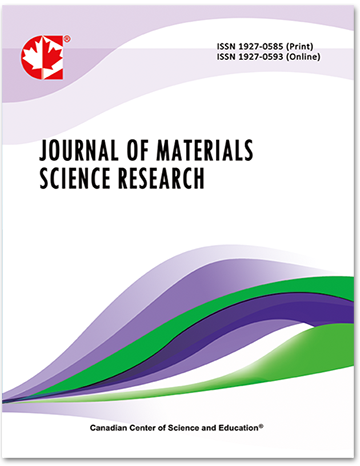Root Cause of Degradation in the Creep Strength of Martensitic Steel
- Manabu TAMURA
Abstract
Creep curves of Grade 91 and 92 steels were analyzed by applying an exponential law to the temperature, stress, and time parameters to investigate the formation process of the Z-phase, which lowers the long-term rupture strength of high-Cr martensitic steel. The activation energy (Q), activation volume (V), and Larson–Miller constant (C) were obtained as functions of creep strain. At the beginning of creep, sub-grain boundary strengthening occurs because of dislocations that are swept out of the sub-grains, and this is followed by strengthening owing to the rearrangement of M23C6 and the precipitation of the Laves phase. Heterogeneous recovery and subsequent heterogeneous deformation start at an early stage of transient creep near several of the weakest boundaries because of the coarsening of the precipitates; this results in the simultaneous decreases in Q, V, and C even in transient creep. Further, this activity triggers an unexpected degradation in strength because of the accelerated formation of the Z-phase even in transient creep. The stabilization of M23C6 and the Laves phase is important to mitigate the degradation of the long-term rupture strength of high-strength martensitic steel. The stabilization of the Laves phase is especially important for Cr-Mo systems because Fe2Mo is easily coarsened at approximately 600 °C compared to Fe2W in Grade 92 steel.
- Full Text:
 PDF
PDF
- DOI:10.5539/jmsr.v11n1p1
Journal Metrics
Impact Factor 2022 (by WJCI): 0.583
Google-based Impact Factor (2021): 0.52
h-index (December 2021): 22
i10-index (December 2021): 74
h5-index (December 2021): N/A
h5-median (December 2021): N/A
Index
- CAS (American Chemical Society)
- CNKI Scholar
- Elektronische Zeitschriftenbibliothek (EZB)
- EuroPub Database
- Excellence in Research for Australia (ERA)
- Google Scholar
- Infotrieve
- JournalTOCs
- LOCKSS
- NewJour
- PKP Open Archives Harvester
- Qualis/CAPES
- SHERPA/RoMEO
- Standard Periodical Directory
- Universe Digital Library
- WJCI Report
- WorldCat
Contact
- John MartinEditorial Assistant
- jmsr@ccsenet.org
